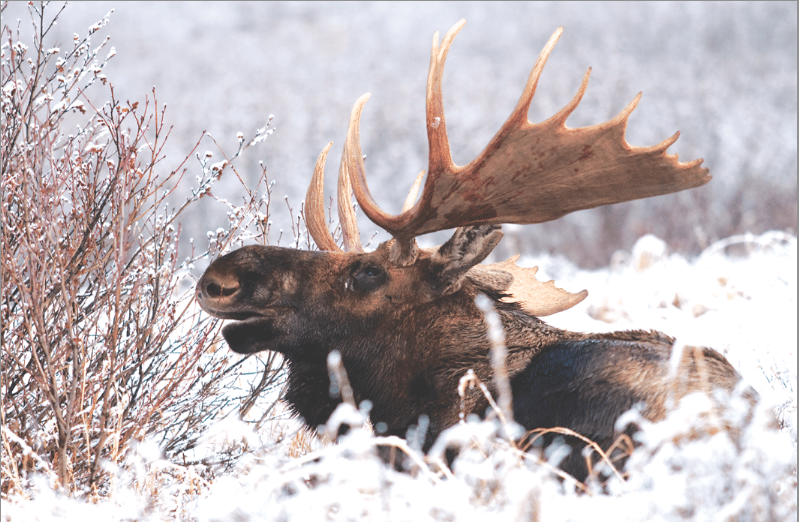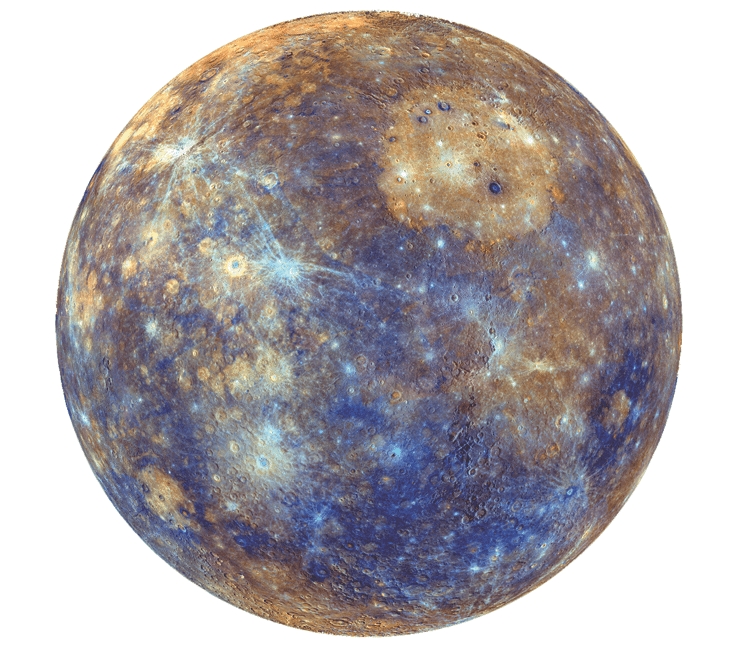A monthly compendium of random wisdom for the home, garden and natural world.
Editor’s note: Diane Olson, a veteran CATALYST staffer, wrote the “Almanac” column for 17 years (1995 to 2012), taking a break after writing A Nature Love’s Almanac: Kinky Bugs, Stealthy Critters, Prosperous Plants and Celestial Wonders (Gibbs Smith Publishing, illustrated by Adele Flail). CATALYST is so happy to welcome back on a regular basis this beloved and celebrated writer and this column!
DEC 1 Oh hey, hi! It’s so good to be back! Feels like coming home.

DEC 2 Thundersnow, a snowstorm with thunder and lighting, occurs when a cold front passes over a large body of water, such as the Great Salt Lake. The snowfall acts as an acoustic suppressor, so only those within a two- to three-mile radius of the lightning strike hear thunder.
DEC 3 LAST QUARTER MOON. NASA plans to return to the Moon in 2019, to set up a permanent space station.
DEC 4 If you live along the Wasatch Front, you’re likely sharing your home with at least 10 different species of spiders, only two of which—the hobo and black widow—are foe rather than friend.
 DEC 5 Turquoise, this month’s birthstone, is soft and prone to color change, so most stones used in jewelry are hardened with wax. Because of its changeability, it was once considered a barometer of its wearer’s health, paling in illness and regaining its color in wellness.
DEC 5 Turquoise, this month’s birthstone, is soft and prone to color change, so most stones used in jewelry are hardened with wax. Because of its changeability, it was once considered a barometer of its wearer’s health, paling in illness and regaining its color in wellness.
DEC 6 Have a dry cough? Make your own cough syrups using herbs and honey. You can find recipes at everydayroots.com/cough-remedies.
DEC 7 Look to the east just before dawn for a close conjunction of the waning Moon and sparkly Venus. You might also see recently discovered Comet Catalina in the same region.
DEC 8 Shopping for a gardener? Consider a garden tote bag, with lots of pockets; a hori hori garden knife; a garden cart; raised bed kits; pocket snips; or an herb-drying rack.
DEC 9 No need for fancy produce wash: Just gently scrub fruits and veggies with baking soda and rinse.
DEC 10 Mourning cloaks are one of the few butterflies that overwinter. Taking shelter in tree crevices, they build up a high concentration of glycerol in their blood to keep from freezing.
DEC 11 NEW MOON. It’s a good idea to change your furnace filter every month. The air in your house will be cleaner and your furnace will last longer. Maybe every New Moon?
DEC 12 Have you mailed your holiday packages yet? Last year, the U.S. Postal Service delivered 524 million packages during the month of Dec. Be sure to thank your hard-working carrier.
DEC 13 If it’s clear, the Geminids—the year’s best meteor shower —should be spectacular, with 120 meteors per hour and no moonlight. Look to the south, in the constellation Gemini, starting at 8 p.m.
DEC 14 The Audubon Christmas Bird Count, the nation’s longest-running citizen science bird project, starts today and runs through January 5. To participate, log on to www.audubon.org/conservation/science/christmas-bird-count.

DEC 15 Got one of the 200-plus wretched cold viruses? Try licorice tea for the cough and sleep with a nasal strip to keep your sinuses open at night.
DEC 16 Twenty-five percent of your home’s heat could be leaking out through gaps around doors and windows. Door sweeps, insulation around frames and cellular shades and shutters help.
DEC 17 Aquatic dragonfly, mayfly and stonefly nymphs are active all winter, feeding on midges, mosquito larvae and each other beneath the ice.
DEC 18 FIRST QUARTER MOON. The Ursids meteor shower will be kicking out a few meteors per hour for the next five days.
DEC 20 To celebrate the Winter Solstice, Siberian shamans long ago gave out bags of Amanita muscaria, the Holy Mushroom. Reindeer also regularly seek out the hallucinogenic red and white fungi, which grows beneath pine trees. No wonder Santa is laughing.DEC 19 The gunk in the corner of your eyes every morning is called gound. It contains skin cells, mucus, bacteria, oils and dust, swept from the surface of your eyes by your eyelids.
DEC 21 WINTER SOLSTICE. Winter begins at 9:49 p.m. It’s the shortest day of the year in the Northern Hemisphere, as the Sun stands directly overhead the Tropic of Cancer. Light a fire or lots of candles to celebrate the turning of the Wheel of the Year.
DEC 22 The ancient Egyptians tucked fruitcake into the tombs of loved ones, to feed them in the afterlife. Roman soldiers and crusaders took it on the road.
DEC 23 Fruitcake gained popularity over the centuries, as sugar, candied fruits and alcohol were added. By the 18th century, it was considered “sinfully rich” and briefly outlawed in Europe.
DEC 24 In Alpine Europe, Santa once had a nasty, demon-headed sidekick called the Krampus (German for “the claw”), who dished out beatings to naughty children.
DEC 25 FULL LONG NIGHT MOON. Christmas Day. In the later Roman Empire, today was the Dies Natalis of Sol Invictus, or Birthday of the Unconquerable Sun, celebrating the Solstice’s renewal of light and coming of the new year.

DEC 26 In 1974, a few Eurasian Collared Doves escaped a pet store in the Bahamas. Since then, they’ve made their way across most of North America and are now populous in Utah. They forage on the ground for seeds in small, leisurely flocks, sometimes intersecting with quick-footed quail coveys.
DEC 27 Is there a fungus amongst your houseplants? Toss leftover chamomile tea bags into your watering can for the herb’s antifungal and antibacterial properties.
DEC 28 On this day in 1972, a blustery storm dumped 18.1 inches of snow at the Salt Lake International Airport, closing it for 20 hours.
DEC 29 Look to the west for Mercury just after sunset. The most cratered planet in our solar system, Mercury’s craters are named after artists who were famous for 50-plus years, including Basho, Dorothea Lange and Tolkien.
DEC 30 Moose drop their antlers to conserve energy in the winter; they start growing again in spring. Look for moose in all the local canyons; particularly around Silver Lake in Big Cottonwood.
DEC 31 New Year’s Eve. Central and South American bats can fly an obstacle course with a blood alcohol content of 0.3%. .08% is considered drunk in humans. u
Diane Olson is an author, content strategist at MRMMcCann and long-time CATALYST writer.
